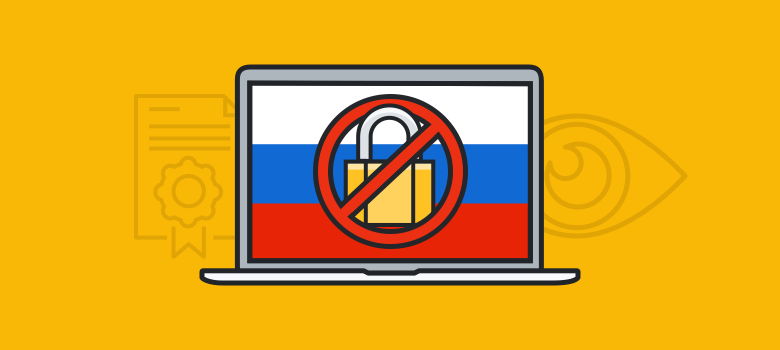How Governments Hindered Technological Progress and Regulated Technology in 2017: Five Examples
In 2017, governments around the world continued to introduce new regulations aimed at controlling the development of technology. As a result, citizens in some countries lost the right to use VPNs, while companies in others faced obstacles to growth. Here are five examples of how authorities hindered progress in 2017.
1. VPN Bans in China and Russia
Chinese authorities have long fought against tools that bypass internet censorship, and in January 2017, China’s Ministry of Industry and Information Technology issued a directive requiring all such services to obtain government approval to operate. This effectively banned VPNs and similar services. In Russia, the media regulator Roskomnadzor prohibited media outlets from linking to blocked resources. On November 1, 2017, a law came into effect banning the use of VPN services and anonymizers to access information prohibited in the country. Russian authorities also excelled in information restrictions this year: now, Russia can block “mirrors” of pirate sites, it’s forbidden to discuss suicide online, and anonymous messaging in messengers is no longer allowed.
2. ICO Bans in China and South Korea
In early September 2017, the People’s Bank of China declared all initial coin offerings (ICOs) illegal and demanded that funds already raised be returned to investors. The regulator explained this by stating that cryptocurrencies lack a legally defined status. This led to the closure of major cryptocurrency exchanges in the country. In October, South Korea also banned ICOs, with authorities citing concerns about an “overheated market.”
3. Restrictions on Self-Driving Cars in the US and Germany
In September, the US Department of Transportation introduced new guidelines for regulating autonomous vehicle technologies. The American government insisted on federal regulation for self-driving cars and stated that fully autonomous vehicles might only appear on US roads by 2025, as “self-driving” vehicles are considered a technology of the future. A month earlier, Germany’s Ministry of Transport and Digital Infrastructure’s ethics commission presented the world’s first ethical code for developers of autonomous vehicles. Among other things, it calls for the installation of a “black box” to collect driving data.
4. Authorities vs. Uber
In 2017, the crackdown by authorities and taxi drivers against Uber continued. In November, a British court ruled that Uber must classify its drivers as employees. In September, London authorities decided not to renew Uber’s license to carry passengers. Nearly 1 million people signed a petition against the London authorities’ actions. Uber’s appeal is scheduled for April 30. In Chile, taxi drivers protesting against Uber blocked the road to the airport. In the US, the Federal Trade Commission will monitor Uber’s privacy policy compliance for the next 20 years in exchange for ending an investigation into alleged customer surveillance.
5. Restrictions on Robots in the US and Russia
The European Parliament is not yet planning to introduce a tax on robots for their creators. However, this initiative is actively promoted in the US tech industry, with Bill Gates as its main supporter. For now, restrictions on robots are being handled at the state level. For example, San Francisco authorities decided to ban delivery robots and limited their movement on sidewalks. In Russia, authorities are also considering restrictions on AI and robotics. In July 2017, presidential press secretary Dmitry Peskov stated that the government should regulate legal issues related to robotics and artificial intelligence by the second quarter of 2019. How this will be done remains unclear. So far, the only somewhat developed initiative comes from Mail.Ru and Grishin Robotics co-founder Dmitry Grishin, who proposes creating a robot registry and holding owners or manufacturers liable depending on the harm caused.



